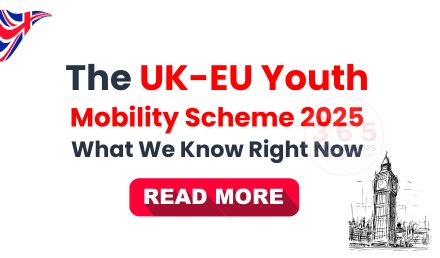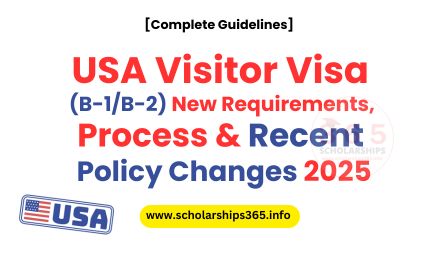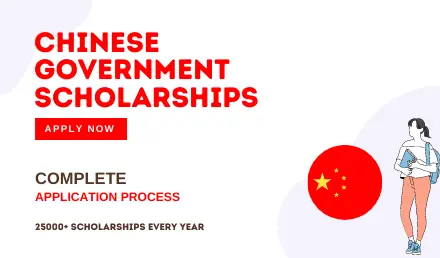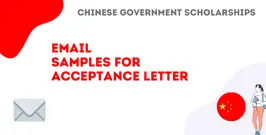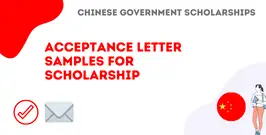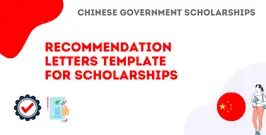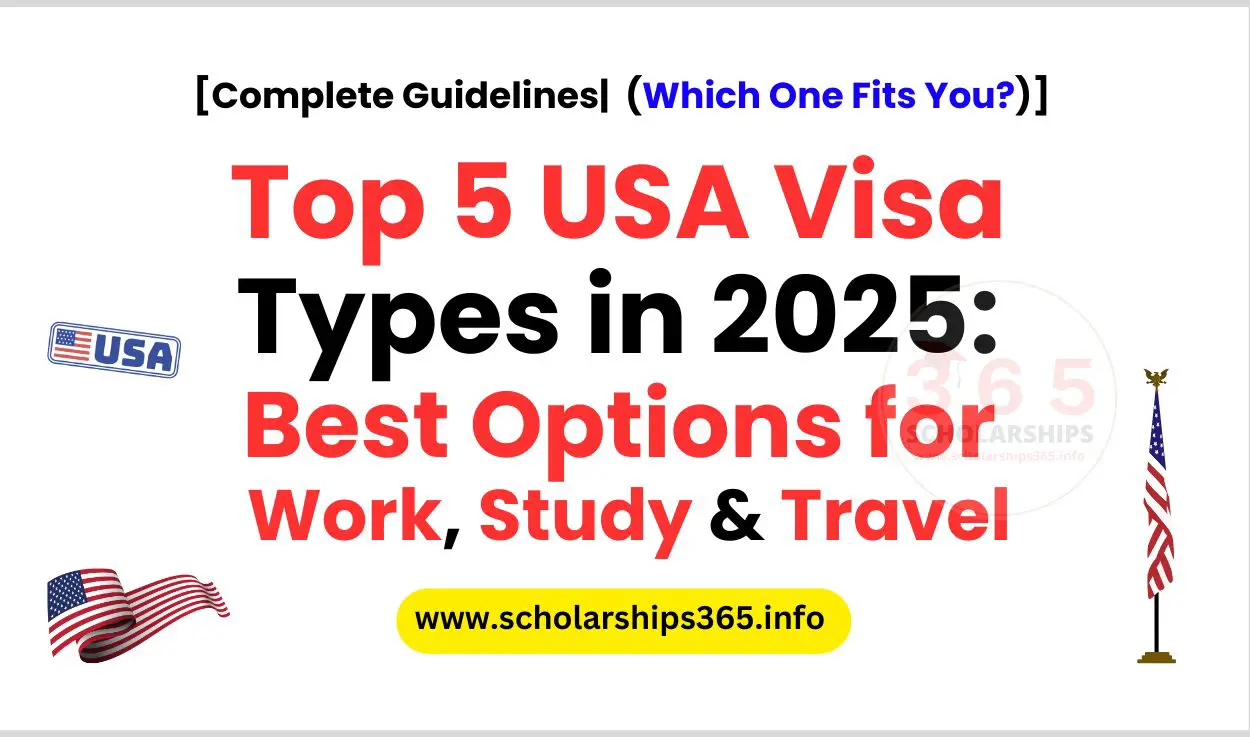
Dreaming of the USA? Discover the Top 5 Visa Options for 2025. The United States remains one of the most sought-after destinations for work, study, and travel. With over 1 million visas issued annually, there’s likely a perfect visa option for your goals - whether you’re pursuing a career, education, or simply exploring America’s iconic landmarks. In this up-to-date 2025 guide, we’ll break down the top 5 US visa types, their key requirements, benefits, and how to choose the right one for your needs. By the end, you’ll have a clear roadmap to start your journey.
Must Read - USA Visitor Visa (B-1/B-2) - New Requirements, Process, and Recent Policy Changes 2025
Top 5 USA Visa Types in 2025: Best Options for Work, Study & Travel (Which One Fits You?)
The United States: A Land of Opportunity & Diversity, Located in North America, the United States of America (USA) - with its iconic capital, Washington, D.C. - is the world’s third-largest country by both landmass and population. But what truly sets the USA apart is its global influence, cultural richness, and boundless opportunities, making it a top destination for students, professionals, and travelers alike.
From the glamour of Hollywood to the historic monuments of Washington, D.C., the USA blends cutting-edge innovation with deep-rooted history. Its dynamic economy, world-class universities, and multicultural society attract millions each year - whether for education (F-1 visa), work (H-1B visa), or tourism (B-2 visa).
Why Do People Choose the USA?
- Economic Powerhouse - Home to Silicon Valley, Wall Street & Fortune 500 companies.
- Academic Excellence - Top-ranked universities like Harvard, MIT, and Stanford.
- Cultural Diversity - A melting pot of traditions, cuisines, and communities.
- Global Connectivity - Easy travel access to Europe, Asia, and beyond.
Whether you’re dreaming of studying in New York, working in tech in California, or exploring the Grand Canyon, the USA offers life-changing experiences. That’s why thousands apply for US visas every year - to elevate their careers, education, and quality of life.
Ready to start your American journey? The first step is choosing the right US visa for 2025.
Must Read - New USA Visa Interview Rules 2025 Effective from April [Complete Guidelines]
Types of USA Visa in 2025 [Choose Best Option for You]
Explore the most common USA visa types in 2025 - find which work, study or travel option fits your needs best! From tourist visas to green cards: discover all US visa categories and select the perfect one for your American dream!
1. Family-Based Immigration Visa
Secure Your American Dream: Top 2 US Immigrant Visa Options for 2025, Looking to move to the USA permanently? The US Citizenship and Immigration Services (USCIS) offers two primary pathways for permanent residency (Green Card):
Family-Based Immigration Visas
- Reunite with US citizen relatives (spouses, parents, or children)
- Priority system based on relationship closeness
Employment-Based Immigration Visas
- EB-1 to EB-5 categories for skilled workers, investors, and professionals
- Fastest routes: EB-1 (extraordinary ability) and EB-5 (investment visa)
These US immigrant visas grant permanent work authorization, pathway to citizenship, and family sponsorship rights. Which option fits your goals?
Who Can Sponsor You?
- Your relative must be at least 21 years old
- They must be a US citizen or lawful permanent resident
- Only immediate family qualifies:
- Spouses (married partners)
- Parents (if the sponsor is over 21)
- Unmarried children (under 21 for priority)
Why Choose Family Sponsorship?
- Permanent residency pathway - Leads to a Green Card
- Faster processing for immediate relatives of US citizens
- No annual caps for spouses, parents, and minor children
Missing your family? This visa helps you reunite and build a life together in the US!
2. Employment-Based Immigration (EB-1 to EB-5)
For skilled professionals and investors, the U.S. offers employment-based Green Cards through five preference categories. The EB-1A visa fast-tracks global leaders like Nobel laureates and Olympic medalists under its "Extraordinary Ability" classification, requiring no job offer. Meanwhile, the EB-5 Immigrant Investor Program grants permanent residency to those investing $800,000+ in targeted employment areas - the quickest path to a Green Card without family or employer sponsorship. Other options include EB-2 (advanced degrees) and EB-3 (skilled workers), but EB-1 and EB-5 remain the most elite routes for talent and capital.
Looking for Australia PR? Read About - Australian Regional Work Visa 2025: Jobs, Eligibility & PR Pathways
Non-Immigrant Visas
Non-Immigrant Visas are the most popular Visas like Business visas, work visas, student visas, and Exchange visitor visas. These types of visas are usually used to visit the US for less duration. Like a student visa is issued for a longer period of time as compared to a tourist visa, while with a tourist visa you need less documentation. Following are the top 3 visa types :
3. H-1B Visa (Skilled Workers)
The H-1B Visa is referred to those candidates who have highly specialized degrees and are employed in unique jobs and employed in professions like Fashion Models, Graphic Designers, Fashion Designers, Accounting, Architecture, Engineering, and Law. If you have a bachelor’s degree or higher specialized degree then you can apply. The job conditions offered must be the same as what is offered to US citizens.
4. Student Visa (F-1 / M-2)
The student visa is an extensive visa that offers entry to foreign nationals for various types and stages of education. The applicant must be accepted in the preferred institute before applying for the student visa. The institute will provide you with some of the documentation that you will have to provide when you submit your application:
Following are two kinds of student visas:
F-1 Visa: F-1 Visa is the most commonly issued visa and is applicable for academic education in the US. If you are applying to a school, university, college, or an English language course. F-1 Visa can only be issued to students looking to get admitted in grade 9.
M-1 Visa: M-1 visa is for non-academic training and refers to vocational study or training.
Good News, Finally - Canada Express Entry 2025 Federal Skilled Worker Program 2025 is Announced!
5. Tourist & Business Visa (B-1 / B-2)
Exploring America? The US Tourist Visa (B-1 / B2) is your ticket for short-term visits—perfect for vacations, family reunions, or medical treatment. However, this visa won't cover work, study, paid performances, flight crew duties, media projects, or permanent residency. Need to attend business meetings? Pair it with a B-1 visa for seamless travel!
Interested? - Bucharest Summer University Summer School 2025 [Fully Funded]
Visa Application Process: Step-by-Step Guide
To apply for a U.S. visa, first determine the appropriate visa type based on your purpose of travel, such as tourism, work, or study. Next, gather all required documents, including a valid passport, financial proof, and any supporting letters (e.g., invitation or employment letters). Once your documents are ready, pay the applicable visa fee, which ranges from 160 to 160 to 1,000 depending on the visa category.
After payment, schedule an interview at the nearest U.S. embassy or consulate. Wait times for interview appointments vary, typically between 7 and 60 days. Prepare thoroughly for the interview by reviewing common questions, such as your reasons for visiting the U.S. and your ties to your home country. Clear, confident responses will help demonstrate your eligibility and intent to comply with visa regulations.
What is the Processing time for Visa?
The processing time for a U.S. visa varies depending on the visa type, embassy/consulate workload, and individual circumstances. After your interview, most nonimmigrant visas (like B1/B2, F1, H1B) are processed within 3 to 7 business days, but administrative processing (additional background checks) can take weeks or even months.
For immigrant visas (family or employment-based), processing times range from several months to over a year due to petition approvals, visa availability, and consular processing. You can check estimated wait times for interviews and processing on the U.S. Department of State’s website or the specific U.S. embassy’s page where you applied. Always apply well in advance of your intended travel date.
- Read More About - USA Scholarships 2025 for Undergraduate, Masters, PhD [USA Students / World Students][Fully Funded]
- Read More About - Azerbaijan Scholarships 2025 for Undergraduate, Masters, PhD [World Students][Fully Funded]
- Read More About - Miami University USA Scholarship 2025-2026 | Fully Funded
US Visa Application: Common Questions & Answers
1. Which US visa is best for my needs?
The best visa depends on your purpose of travel. Common options include:
- Family-based immigration visas (for relatives of US citizens/residents).
- Employment-based visas (for skilled workers, investors, or temporary workers).
- Student (F1) and tourist (B1/B2) visas for short-term stays.
2. How long is a US visa valid?
Visa duration varies by type:
- Tourist visas (B1/B2): Typically 6 months to 10 years (entry duration decided at the border).
- Student (F1) and work visas (H1B, L1): Varies (1 - 5 years, often extendable).
- Permanent residency (Green Card): Indefinite, with renewal conditions.
3. What questions are asked in a visa interview?
Common questions include:
- Purpose of travel ("Why are you visiting the US?").
- Ties to home country ("Do you have family/job/assets back home?").
- Financial stability ("Can you support yourself during your stay?").
- Previous travel history.
4. How much bank balance is required for a US visa?
There’s no fixed amount, but you must show:
- Sufficient funds to cover travel, accommodation, and expenses.
- Stable income or sponsorship (if applicable).
- Visa-specific requirements (e.g., students must prove tuition payment ability).
5. Why do US visas get rejected?
Common reasons include:
- Lack of strong ties to home country (suspicion of overstaying).
- Insufficient financial proof.
- Inconsistent or false information.
- Criminal record or security concerns.
6. Can I get a visa without an interview?
Yes, under certain conditions:
- Applicants under 14 or over 79 (for some visas).
- Visa renewals (if eligible for the Interview Waiver Program).
7. Which US visa is the easiest to get?
- Tourist (B1/B2) visas are generally easier if you have strong ties to your home country, a stable job, and sufficient funds.
- Student visas (F1) are also common but require university admission and financial proof.
Would you like details on a specific visa type?
- More Information About - J1-VISA USA Requirements, Application Process, and Guideline
- Golden Opportunities in Miami - Miami University USA Scholarship 2025-2026 | Fully Funded
,US visa types 2025, Best US visa for work, Student visa USA 2025, Tourist visa USA requirements, H-1B visa 2025 updates, Easiest US visa to get, Compare US visa types, US work visa without degree

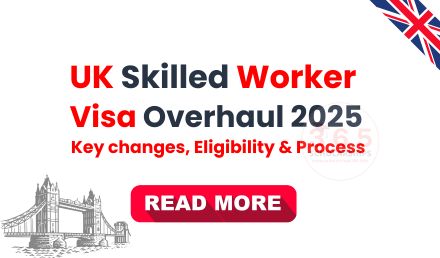
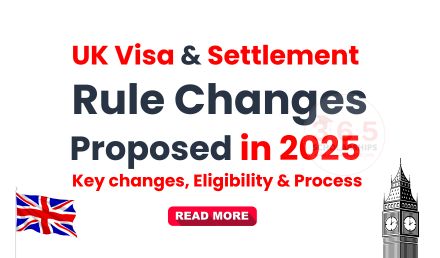

![Finland Work Visa Application Process 2025 [Step by Step]](https://scholarships365.info/images/images-data/finland-work-visa-2025-application-process-step-by-step-process.jpg)
